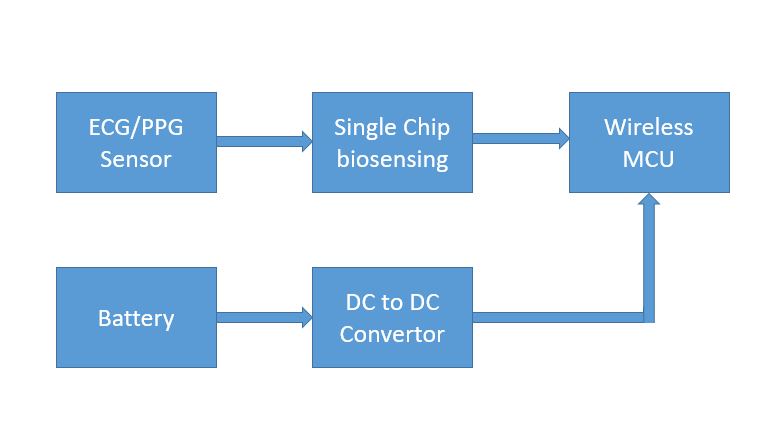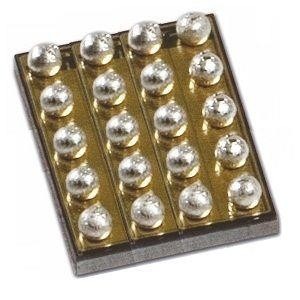During the 18th century, the average life expectancy was just 36 years, thanks to medical science the average life expectancy has surged up 72 years according to World Bank data.
From the ancient times of Hippocrates, who is recognized as the father of modern medicine to the present time Robot-assisted operations, our dependence on technology is increasing day by day.
According to the recent study, on an average 21 people die every day while waiting for an organ transplant. This is due to the acute shortage of organ donors and scientists, are exploring for an alternative solution.
Going back to famous fictional character the Lizard (Dr. Curt Connors), obsessed in limb generation in Spider-Man Cartoon series but didn’t work out so well for him. The question is, do we have, that technology to grow these human organs artificially? Yes, we do. Thanks to 3D bioprinting the medical technology has advanced a lot.
In today’s fast-paced world, one needs to monitor the health vitals constantly for a healthy lifestyle. Smart wearables such as smart band and the fitness tracker developed to monitor daily physical activities are considered as the building blocks of a healthy lifestyle. You would feel accomplished when your fitness tracker vibrates when you reach your daily goal of 10,000 steps.
With recent trends and technology, the advancement medical industry started using smart gadgets to understand the chronic illness among the patients. There is a rapid growth in the market for healthcare monitoring systems and health awareness among people, with improved remote monitoring system through IoT technology.
Chronic illness management is a key area of concern, and it is very challenging for patients to manage the illness. Many smart bands or fitness trackers that are currently available in the market monitor heart rate. In addition to this, there are new sensors that can also monitor the Electrocardiogram.
Heart rate monitors based on the light-based optical technology flashes the LED light and detects the blood flow. The reflected light from the blood flow captured by the sensors that are present in these smartwatches. This, in turn, generates the heart rate data. Most of the heart rate monitors would have an accuracy problem since the accuracy depends on skin tone and skin temperature. The figure below depicts the basic building block of a patient monitoring system.

The basic building block consists of a single chip biosensing analog front end, which will be able to measure synchronized ECG and the PPG data. ECG is an electrocardiogram and, the PPG is Photoplethsmogram, optical technology which will measure the volume of organs and all the measured data will be used to calculate the heart rate like ECG, pulse transient time and SPO2 which is blood oxygen saturation level.
The ECG and PPG sensors are connected to the mainboard single-chip biosensing analog front end. These sensors will measure the synchronized PPG and the ECG data. The Data will be sent out to a remote location through a wireless MCU with RF transceiver.
All the raw data can be moved or shared to another location where it will be processed to make inferences about the patient.
The devices are powered by a coin cell battery and a DC-DC converter to generate different voltage ranges for both biosensing and the MCU.
Analog Device Gen II wearable device, which is in a watch form factor and embedded with a range of highly functional biometric health care monitoring sensor includes optical PPG sensor built around ADPD107 measures the blood flow from which we can infer the heart rate. Gen II wearable device also has an ECG sensor built around AD8233 (figure 2) second-generation single lead ECG front end with embedded right leg drive, which can generate biometric ECG signal, useful for analyzing conditions such as atrial fibrillation and other clinical applications. This device can be used for the health care market to monitor and manage chronic condition and deliver better health care.

The idea of a remote monitoring system is heading into a new dimension, with ongoing research and developments and supporting infrastructure that will reduce many uncertain situations and affordable health care solutions.












